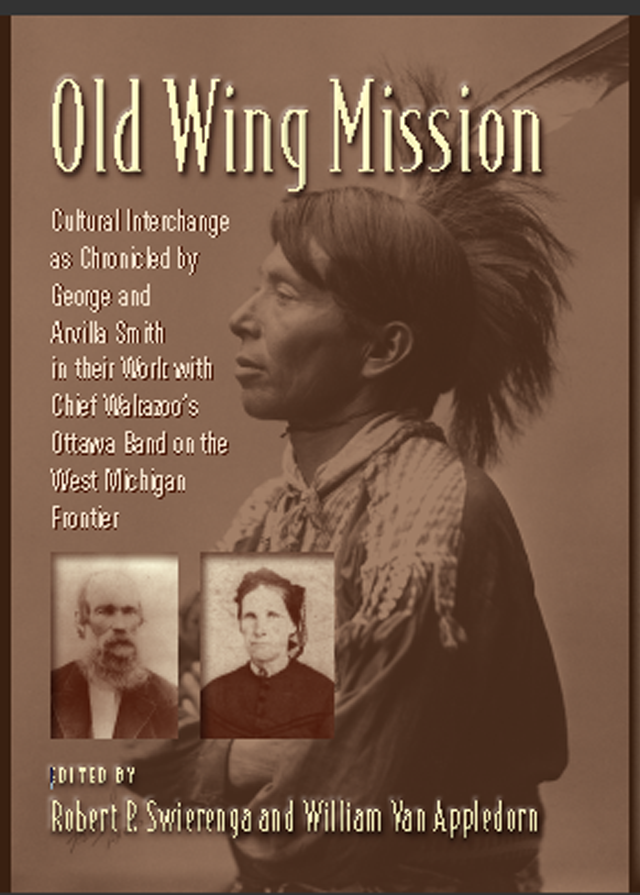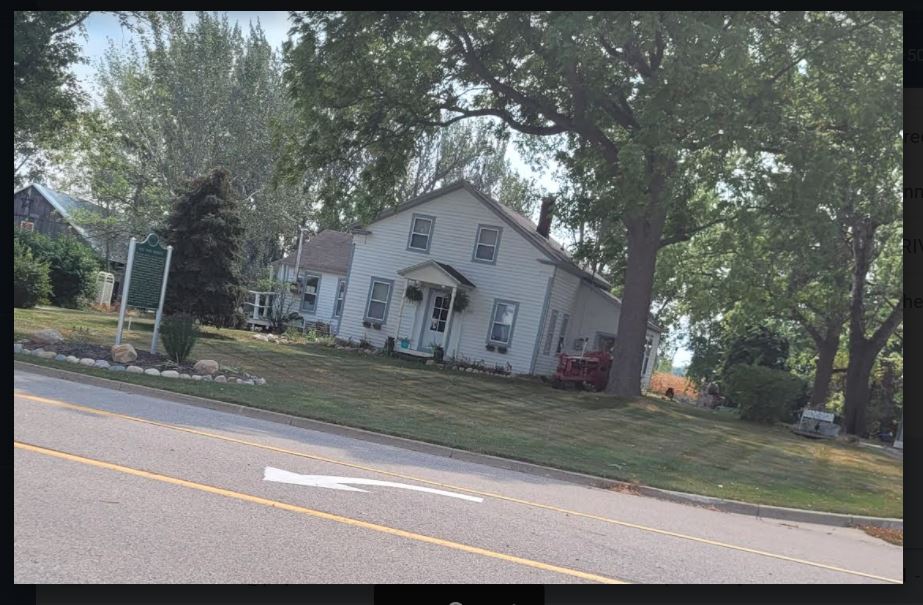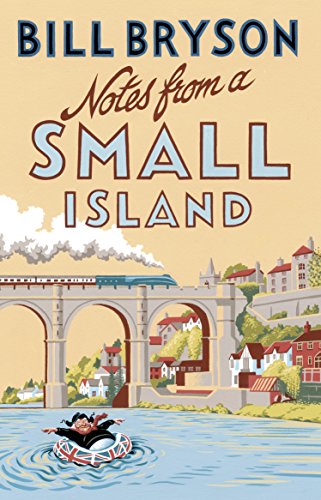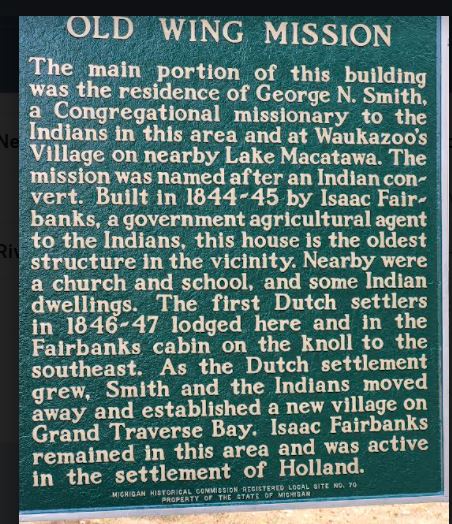I can hear thunder quietly rumbling this morning. Often in the morning I can hear trains passing far away. it’s dark usually. I find all this relaxing as I go about my mundane morning routine.
When I first came to Holland to live, I was startled by the homogeneous nature of the population. Of course, I wasn’t seeing it clearly. It seemed as though it was largely a white group of people. After a bit of observing all these white people also seemed to be religious conservatives. Yikes!
I didn’t see the brown people who were either picking blueberries or descendants of brown people who had come to the area to do so. Many but not all of these descendants were busily distancing them from their heritages and quickly falling into step with the local white conservatives.
I have wondered, where are the brown people? Where are the black people? I have been learning some interesting answers reading Old Wing Mission: Cultural Interchange as Chronicled by George and Arvilla Smith in their Work with Chief Wakazoo’s Ottawa Band on the West Michigan Frontier edited by Robert P. Swierenga and William Van Appledorn.

I did try to learn about the local history when we first arrived in 1987. I learned about the Dutch Reformed Churches and that they had split right here in Holland forming the two American branches: Reformed Church of America and the Christian Reformed Church. If I had tried to learn more about who preceded them here, there was not much information easily available at that time. If I had my wits about me I might have checked with the Holland Museum. But I didn’t.
Now that I am looking into this more carefully, I note that much of the research has been published after we arrived here including the book above (2008).
Old Wing Mission consists of an edited version of diaries by both George and Arvilla Smith. The first chapter which I read yesterday is a history by Swierenga that begins in the early 19th century.
As best as I can make Roman Catholic missions weren’t going well locally for whatever reason. Swierenga tells a story of George N. Smith arriving from the East, becoming ordained in the Presbyterian Church. After a specific plea from the shrewd Chief of the local Ottawa band, Ogamah Winine, Smith became convinced of his missionary calling to the Ottawa. Ogamah Winine is referred to in the book as Chief Joseph Wakazoo. Only once, so far, has Swierenga used his original name. He indicates that the correct spelling of Ogamah Winine is unknown.
The Chief needed Smith in several ways. It would help to have a white man negotiate the quickly changing policies of the U.S. government. There were monies and land available for native people from the goverment. But getting it was hard if you weren’t white. Ogameh Winine and his mother quickly converted from Catholicism to Protestantism. Before too long Smith was the proxy buyer of land on the southwest corner of Holland where the Old Wing Mission Building still stands.

After a very nice lunch yesterday, Eileen and I drove out to take a look. The building is currently privately owned. My reading tells me the interior has been remodeled and some of the original buildings are long gone.
I snapped a picture of the historical marker in front of the building.
The “Old Wing Mission” is named after Chief “Wing,” Ogameh Winine ‘s recently deceased brother. The book does not tell what “Wing” ‘s real name was. It’s the “old” Wing Mission because Smith and Ogameh Winine eventually decide to leave the area and move to the leelanau Pennisula north of Traverse City where the Ottawa band migrated each year for the summer. There they presumably established a New Wing Mission.
Before too long, the Catholics come back with a vengeance. Smith took decades to learn the Algonquin language spoken by all three indigenous peoples of the Michigan area: Ottawa, Potawatami, and Ojibway. The ‘black robes” as the indigenous referred to Catholic priests were more fluent. Father Andreas Viszosky established a Catholic mission about where the current Heinz Factory now sits.
A struggle begins between the two missionaries. The Catholics have many attractive attributes. Cool ceremonies, more tolerant than the Presbyterians especially about drinking. Smith made his converts sign pledges of abstinence. Viszosky presumably would discourage drinking but forgive the sin and did not require signed pledges most of which were not necessarily kept faithfully.
I don’t mean to be glib about this. Drinking is still a problem among surviving native peoples. But the whole missionary story is distasteful. The reader knows the ending. The indigenous people were subject to genocidal treatment in our country.
So, I appreciated the book starting with these sentences: “The history of the American Indians has been told largely by white Americans. This book is no exception.”
Like good scholars Swierenga and Van Appledorn are looking to understand and describe history.
Before too long the Dutch arrive and that is ultimately the final blow to the situation. The Ottawa Band could stand it no longer. The whites were taking over. Time to leave.
I do wonder about the history preceding this time.. I know the “black robes” had missions on Lake Michigan up and down the shore much earlier. That history also interests me.
I am planning to join the local historical society soon. I am reading a library copy of Wing Mission and figure they probably sell it at the museum. I would rather buy it there.

I’m having trouble embedding or linking just one episode of a podcast I listened to this morning.

The Podcast is Into the Zone. It is hosted by Hari Kunzru, the author of Gods Without Men.
The first episode is called Druid Like Me and is quite good. Kunzru has some very fine insights about England, his home country. I recommend listening especially to my British readers (Hi Sarah and Matthew!) Here’s a link to the web page. You will have to scroll down for this episode which is also available in the ways you usually listen to podcasts.

Speaking of Brits, Eileen and I watched a few episodes of Bill Bryson’s TV series based on his book, Notes from A Small Island. Made in the nineties when we were all younger (Bryson is about the same age as Eileen and me), it’s fun to get a Bryson look at the country he has adopted. Stephen Fry is a cab driver in the first episode. Recommended as a fun, slightly blurry distraction.
